HANDS AND FEATHERS
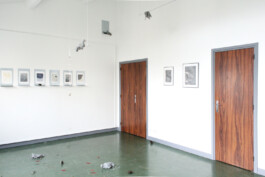
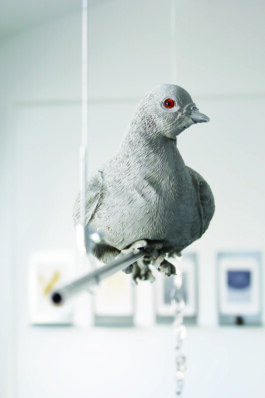
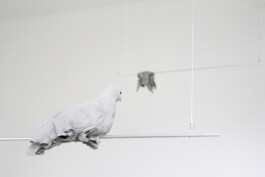
Pigeon Baby
latex, tin, acrylic glass, wadding
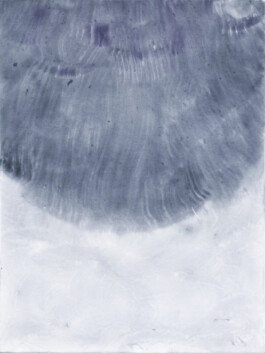
Renée
Aquarelle- Monotype
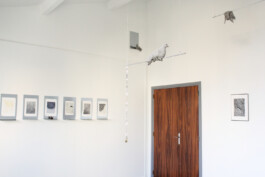
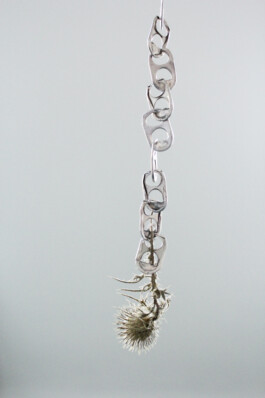
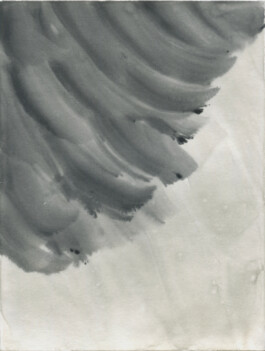
Bing's dream
Aquarell- Monotype
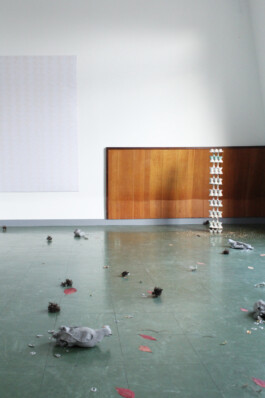
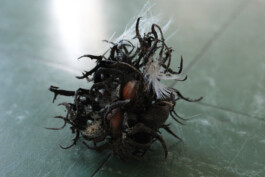
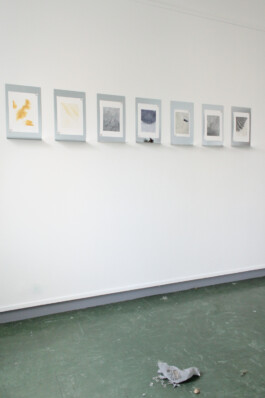
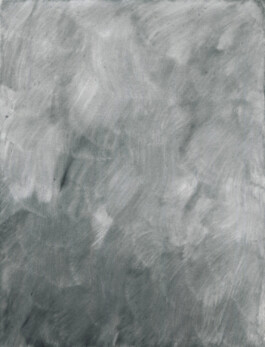
Pariser Stein
Aquarell- Monotype
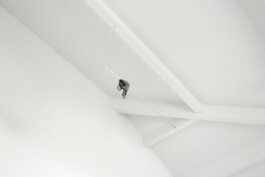
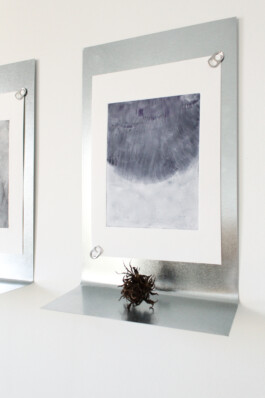
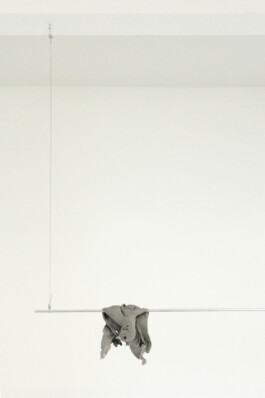
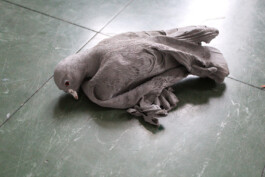
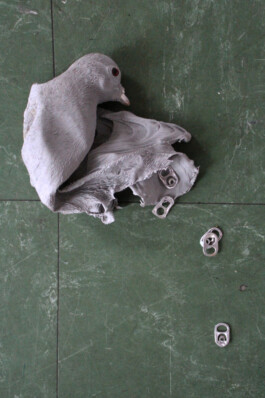

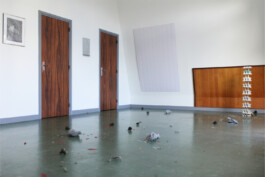
Spinoza
manipulated blueprints, digital print
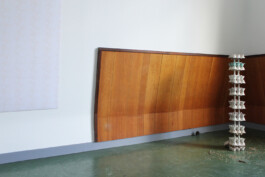
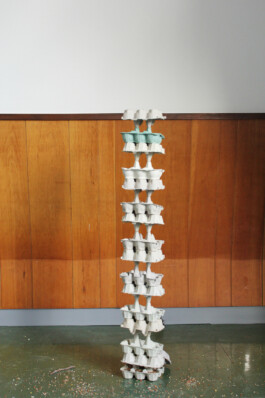
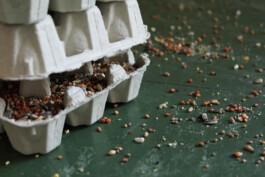
Raspail
eggcartons, bird seed, aluminium, looped sound
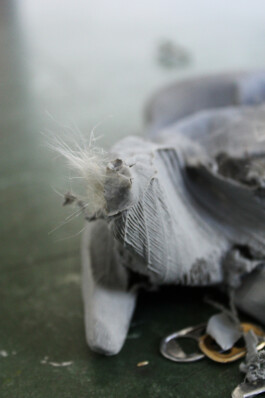
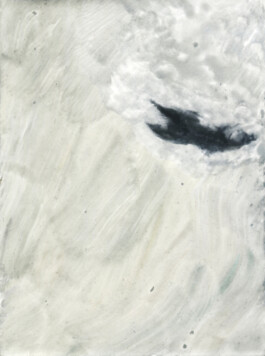
Ringel
Aquarell- Monotype
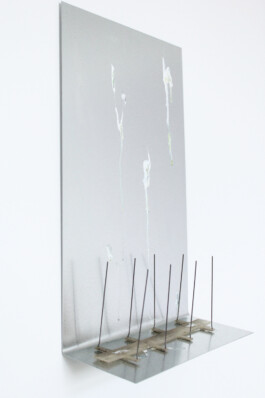
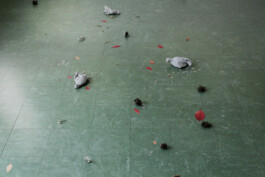
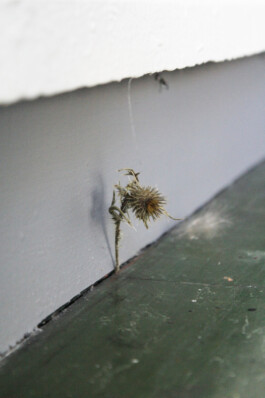
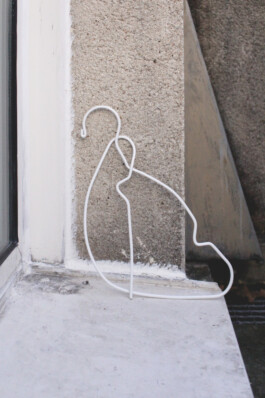
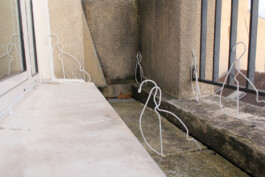
Flock
clothes hangers

In Paris, it is estimated that there are around 100,000 pigeons here alone today. I tried to work out the architectural peculiarities and similarities of the coexistence of humans and pigeons in a site-specific way. I am particularly interested in weaving in local issues of housing shortages and resource distribution.
One place that I now visit regularly to accompany my photographic work is a commune in one of the Parisian banlieues called Ivry-sur-Seine. Here, the french architect and urban planner Renée Gailhoustet led the urban renewal from 1962 onwards. She advocated the motto "La ville est une combinatoire"; a city should be designed through typological diversity and furnishings, shared services, public spaces and stores. It represents an architecture that promotes encounters, exchange and well-being.
The raw concrete building called „Spinoza complex“ on stilts includes 80 duplex social housing units, a young workers' home, distributed by internal streets and accompanied by collective services; a departmental crèche occupies the roof. Through a particularly careful design of its arched components, sometimes becoming benches, the architect invites residents to make this distributive covered passage their own. No wonder then, that I also encountered a large number of pigeons there.
During my residency I began a series of watercolor monotypes based on the plumage of the city pigeon. They show sections of the coloration and its transition. The series refers to the cinematic technique of zoom-in, in which the viewer moves towards an object.
The similarity of the colors of the raw concrete and the pigeons plumage serve as camouflage for the birds. They are often difficult to recognize. The connection with humans and their buildings therefore proves to be highly advantageous for pigeons.
This is because pigeons do not build nests, they make themselves at home in existing gaps and niches. And since the pigeon hardly seems to care about the difference between nature and culture, it makes itself comfortable in the vicinity of humans, to whom it shows little shyness. This makes the pigeon a so-called cultural follower and, in Donna Haraway's sense, a "companion species".
One thing is clear to me: Pigeons are unruly and defensive animals that disrupt the urban order due to their numbers, visibility and persistence. They negotiate the transformability of urban space through everyday practices and resistance.
Cité des Arts, Paris, France, 2023